The information on offer when browsing scopes is immense & confusing. Here, we explain the elements, from objective lenses to reticle choice!
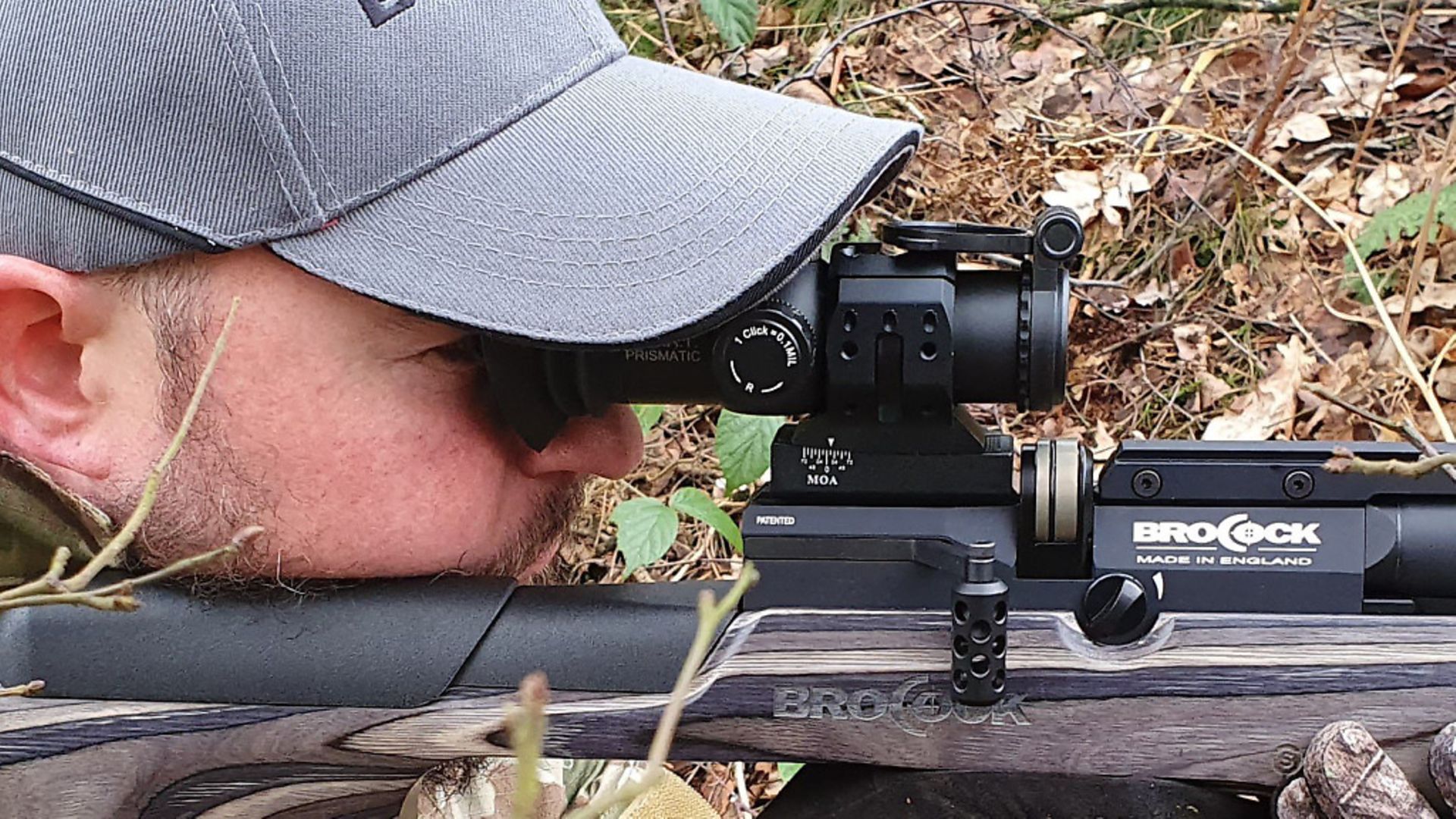 credit: Archant
credit: Archant
Every airgun needs a telescopic sight and the choice has never been greater, but with great choice comes great confusion. Scopes are classified by magnification, then objective lens diameter (mm), so a scope which is described as 3-9 x 40 has a magnification range (sometimes called zoom) from times (x)3 up to times 9 and a front (objective) lens size of 40mm.
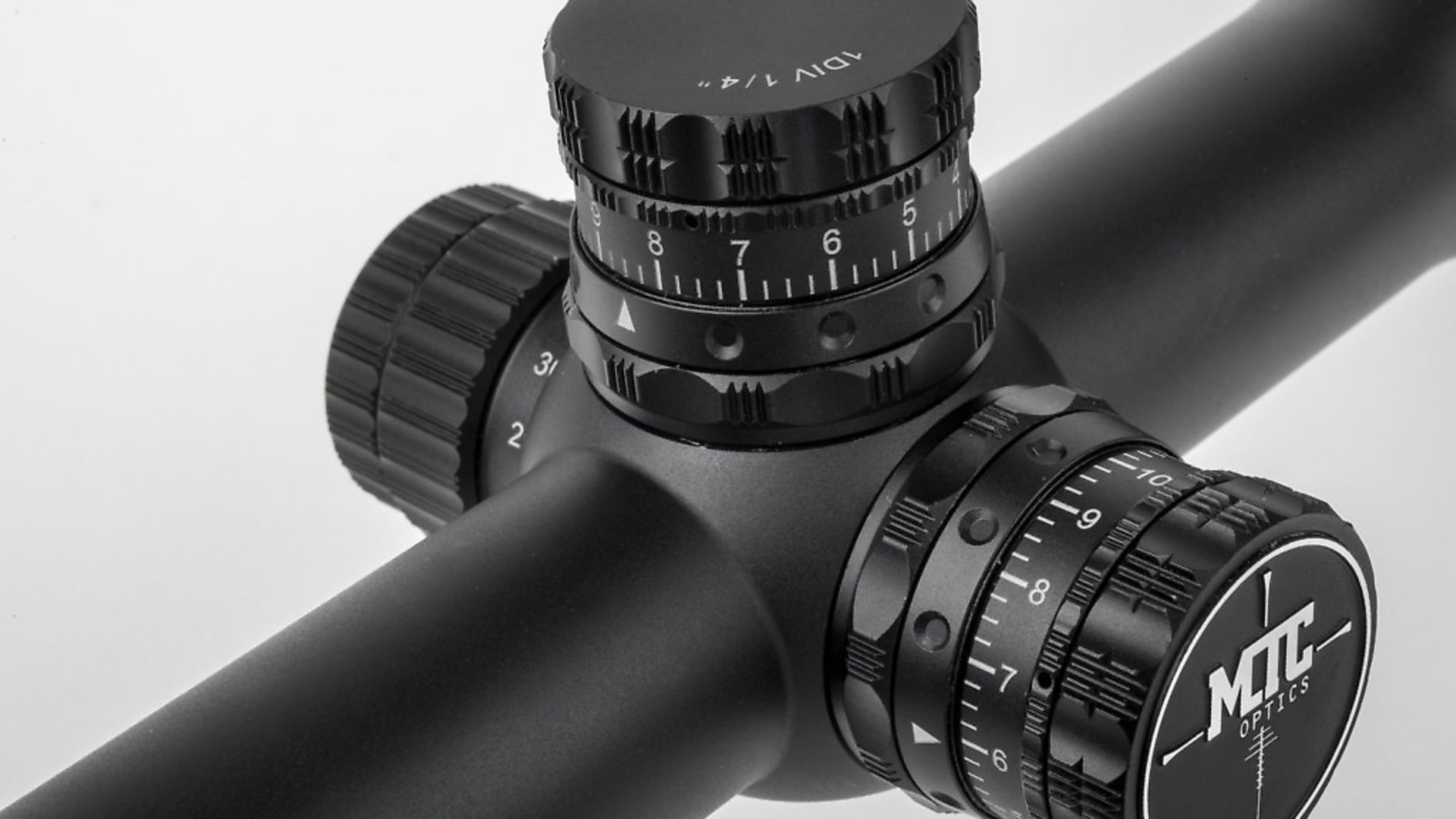 credit: Archant
credit: Archant
scope MAGNIFICATION - what should i choose?
You should be able to see an arc of around 120 degrees. It varies a bit with age, and it will come as no surprise that the older you get the narrower your field of view, but 120 degrees is not bad. However, when you look through any tube, you radically reduce the viewing angles and once you start to magnify, the Field of View (FOV) reduces dramatically to about 6 degrees on our 3-9 scope, depending on the setting. The greater the magnification the worse the FOV gets, dropping all the way to 3 degrees at x12. Other factors such as design and objective lens size come into play, but I’m sure you get the idea.
This is why a novice with a scope struggles to find the target and why it can be tricky for a hunter to use higher magnifications. As a rule of thumb, most hunters use between 6 and 10 mag’ and plinkers up to 12 mag’. If your range has some longer targets then up to 24 magnification might be a good choice, but scopes get bigger and heavier as the magnification goes up.
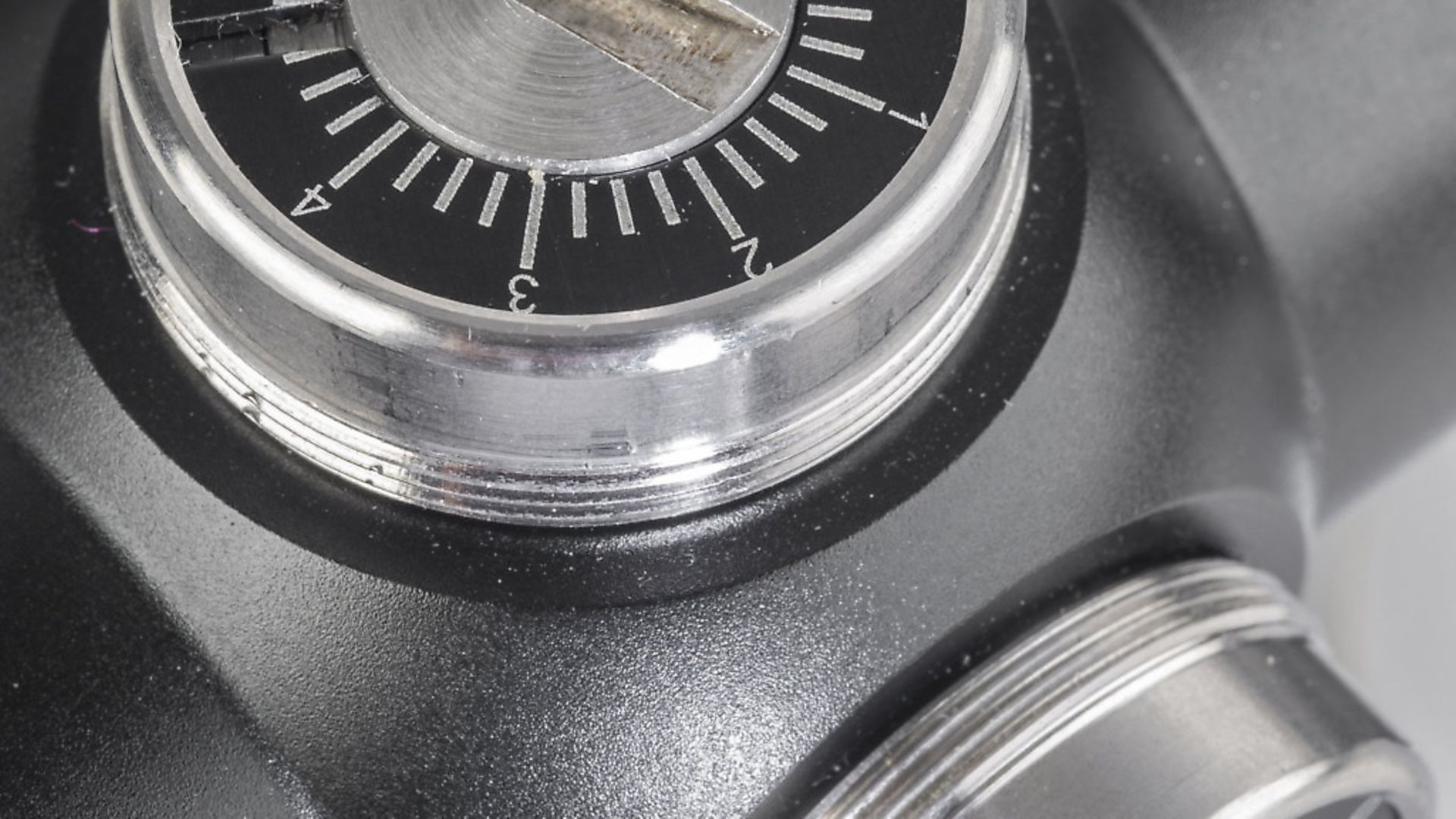 credit: Archant
credit: Archant
OBJECTIVE LENSes explained
The bigger the front (objective) lens, the wider the field of view, the more light it lets in, but how much light is needed, given the limitations of the human eye? We have ‘the rule of seven’, where more magnification means less light gets transferred to the eye, and the bigger the objective lens the more light transfer. To apply the rule of seven, you divide the objective lens diameter by the magnification to get the exit pupil size, which should ideally be around seven; anything more is wasted, anything less can be a problem when the scope is used in low light.
On our 3-9 x 40 that would be: 4/3 = 13.3 exit pupil size; 40/9 = 4.44 exit pupil size
So somewhere in the middle is the optimum setting for light transfer, and in this case, it works at just under x6 mag’. So our scope has optimum light transfer from 3-6 and then light transfer will get worse for the rest of the zoom range up to its maximum of x9.
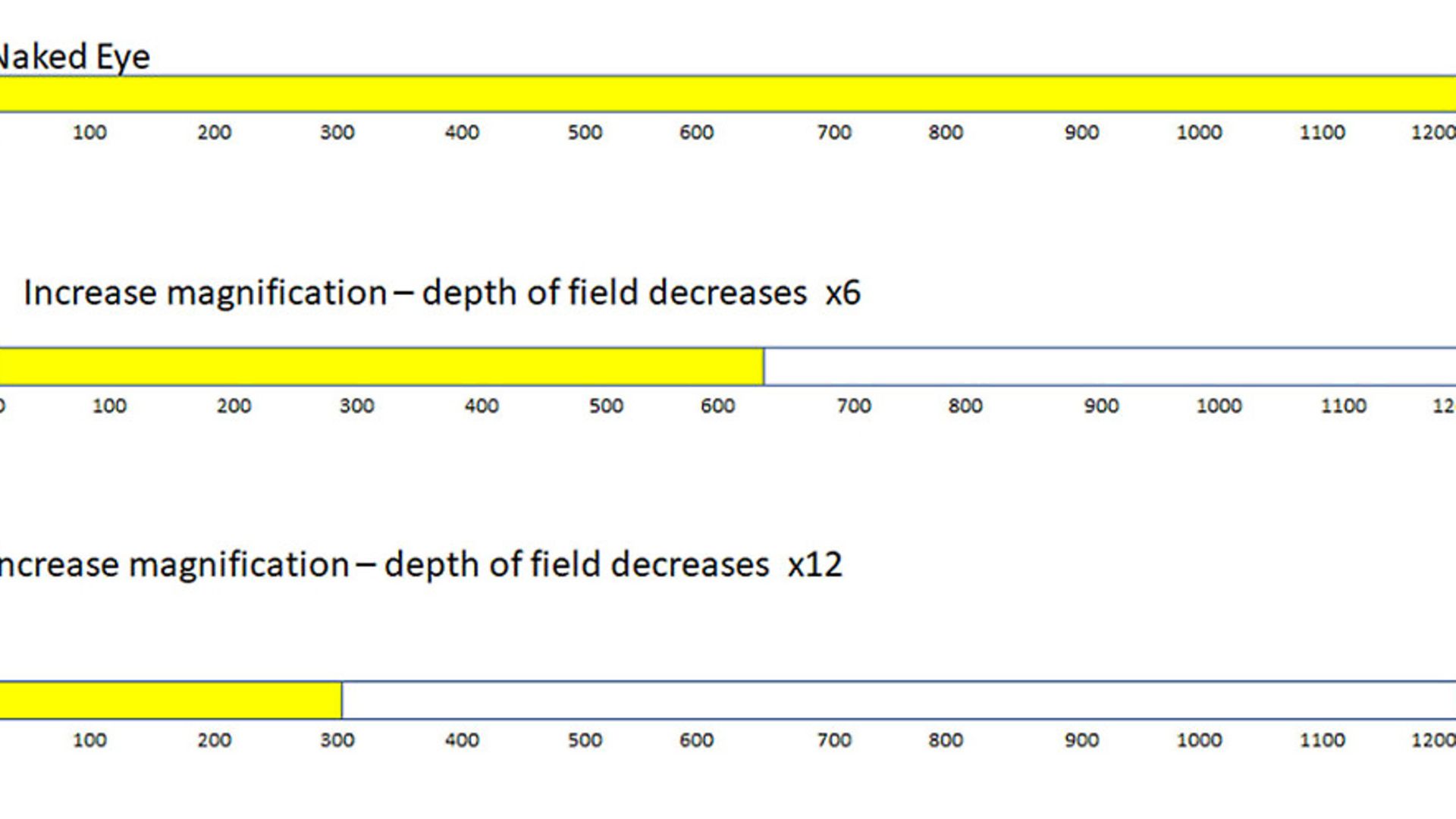 credit: Archant
credit: Archant
what is “EYE RELIEF” in relation to scopes?
Most of the scopes used by airgunners were originally designed for the far bigger firearm market, and when you put a telescopic sight on a recoiling firearm you most definitely cannot have the scope touching your eye. So, the scopes are set with a safe distance from the eye, known as eye relief. and that affects field of view. The longer the eye relief, the narrower the field of view. This is also desirable on a recoiling airgun, but on a pre-charged pneumatic a shorter eye relief is a benefit.
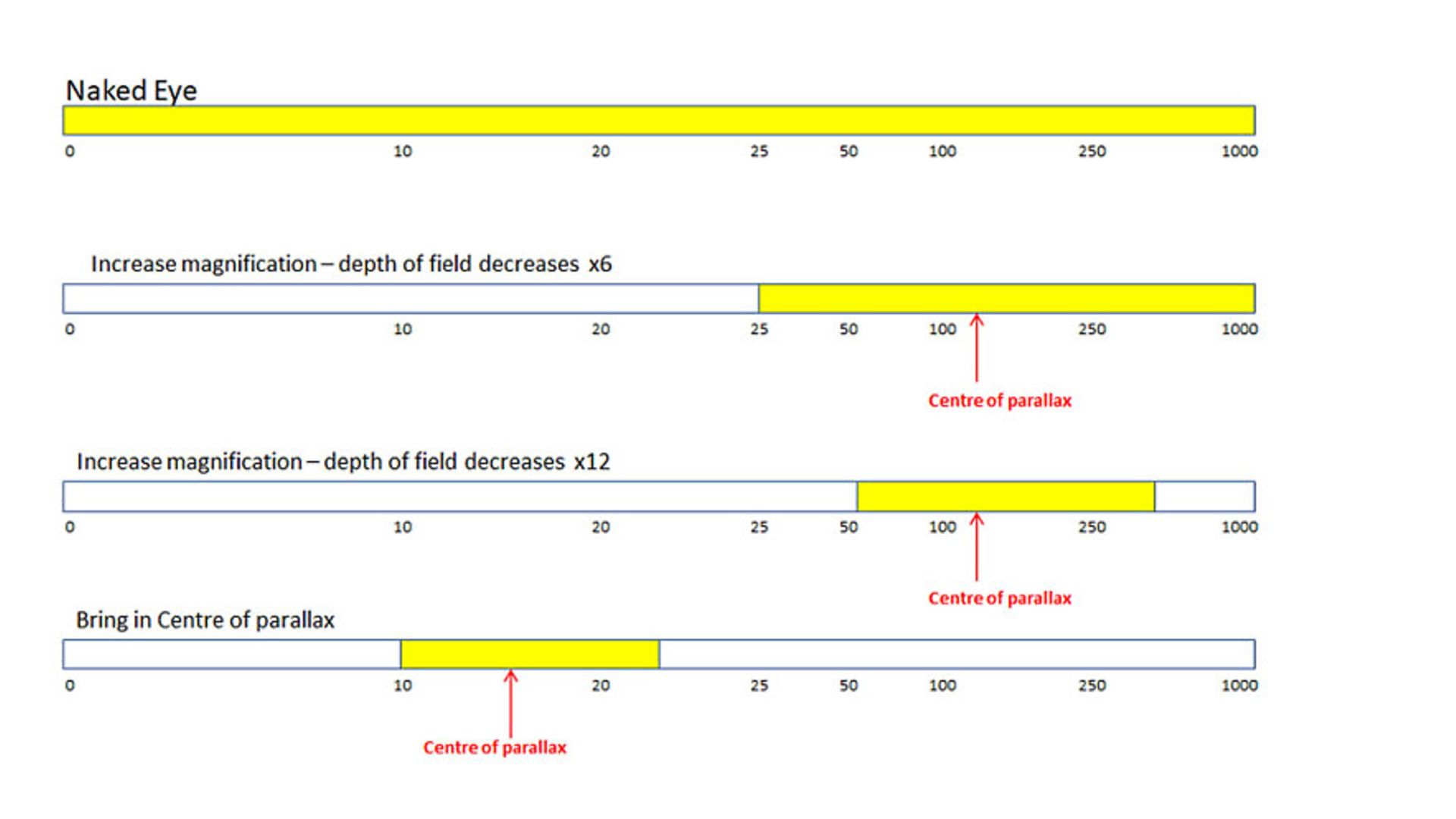 credit: Archant
credit: Archant
DEPTH OF FIELD
Depth of field is how much is in focus without adjusting the scope. Again, with the naked eye you can see from zero to infinity, but as you zoom in, your depth of field reduces. This depth of field can be a help or a hindrance; when set on high magnifications it can help and be used as a rudimentary rangefinder, but when hunting or when a fast target acquisition is important, a shallow depth of field can be a problem, but all can be adjusted.
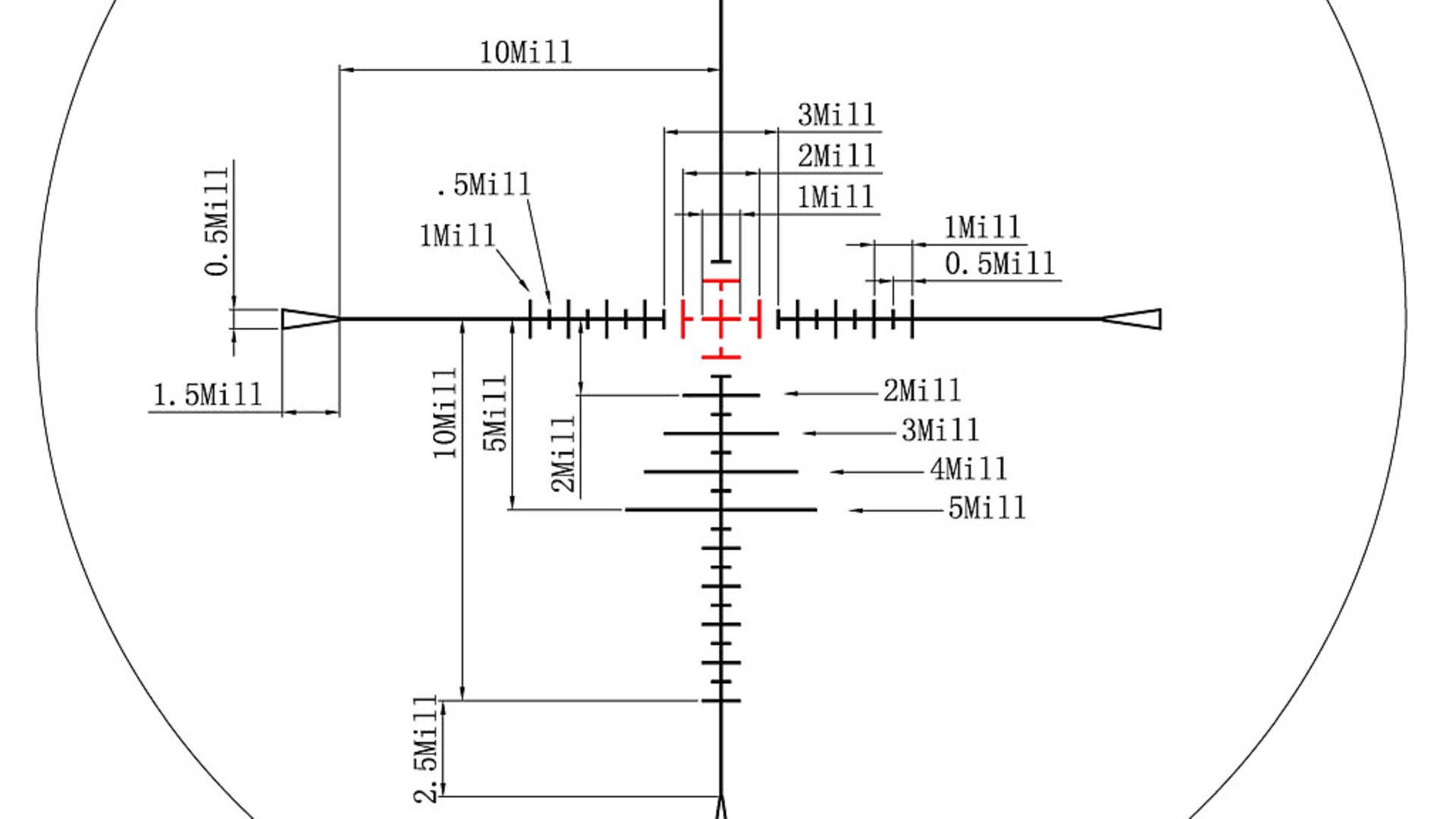 credit: Archant
credit: Archant
what is PARALLAX ADJUSTMENT on a scope?
Parallax is the effect whereby the position or direction of an object appears to change when viewed from different positions. On a sight with parallax adjustment, adjusting the parallax setting not only lines up the lenses so that everything is in line, but also has the advantage of bringing everything into sharper focus.
In practice, most airgun shooters do not really have a parallax problem until you get to above x9 magnification, so most scopes with a zoom greater than x9 will have parallax adjustment.
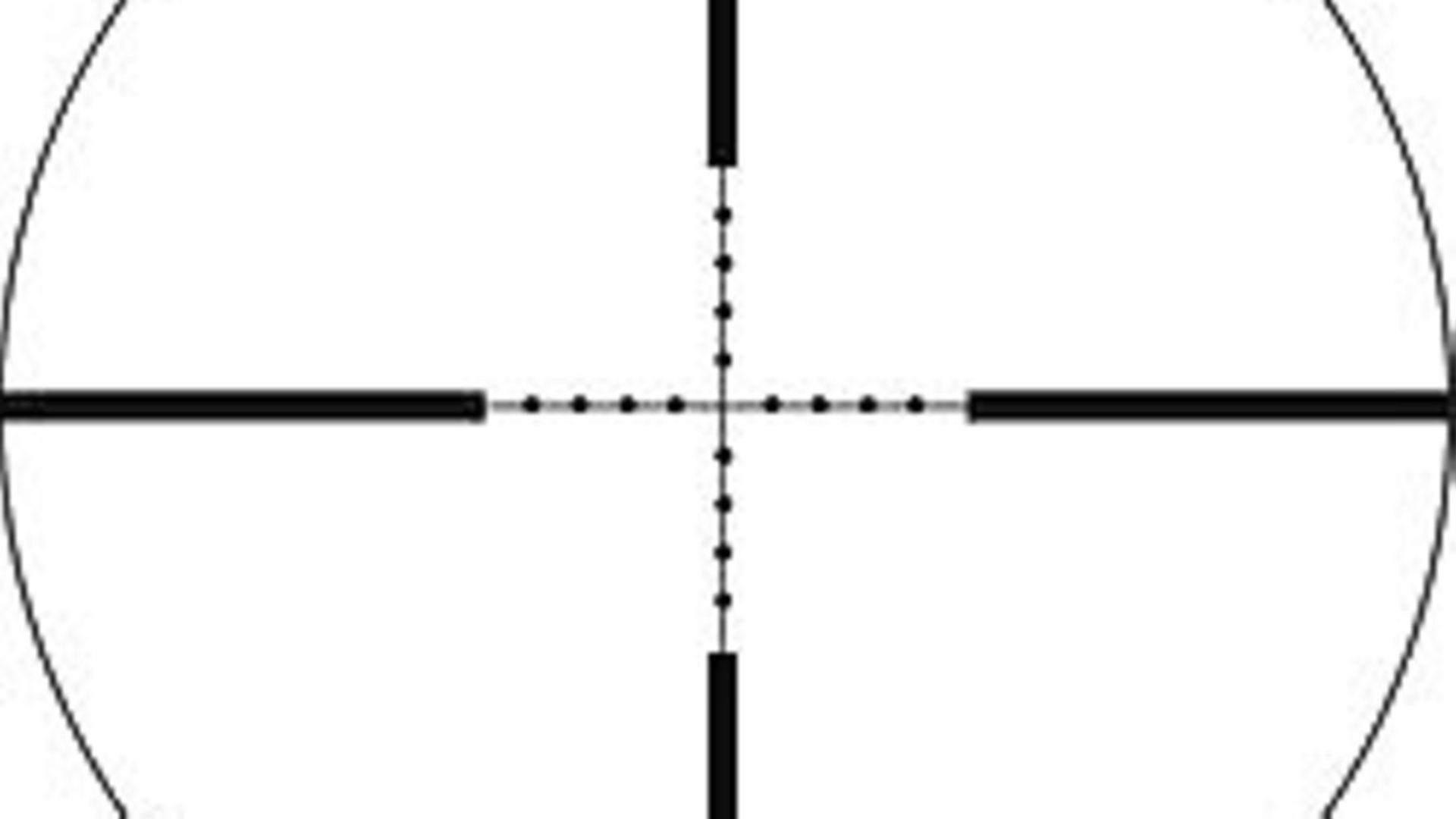 credit: Archant
credit: Archant
is a bigger TUBE DIAMETER better?
Most scopes used to have a one-inch (25mm) tube diameter, which made finding scope mounts a doddle, but as scope design and technology improved it became necessary to increase this to 30mm and sometimes beyond, to allow a greater range of lens adjustment for zeroing. For military use, 30mm or larger tubes are stronger, and because military quality scopes demand the best lenses, the logic goes that a 30mm scope should be stronger, clearer, more expensive – and heavier!
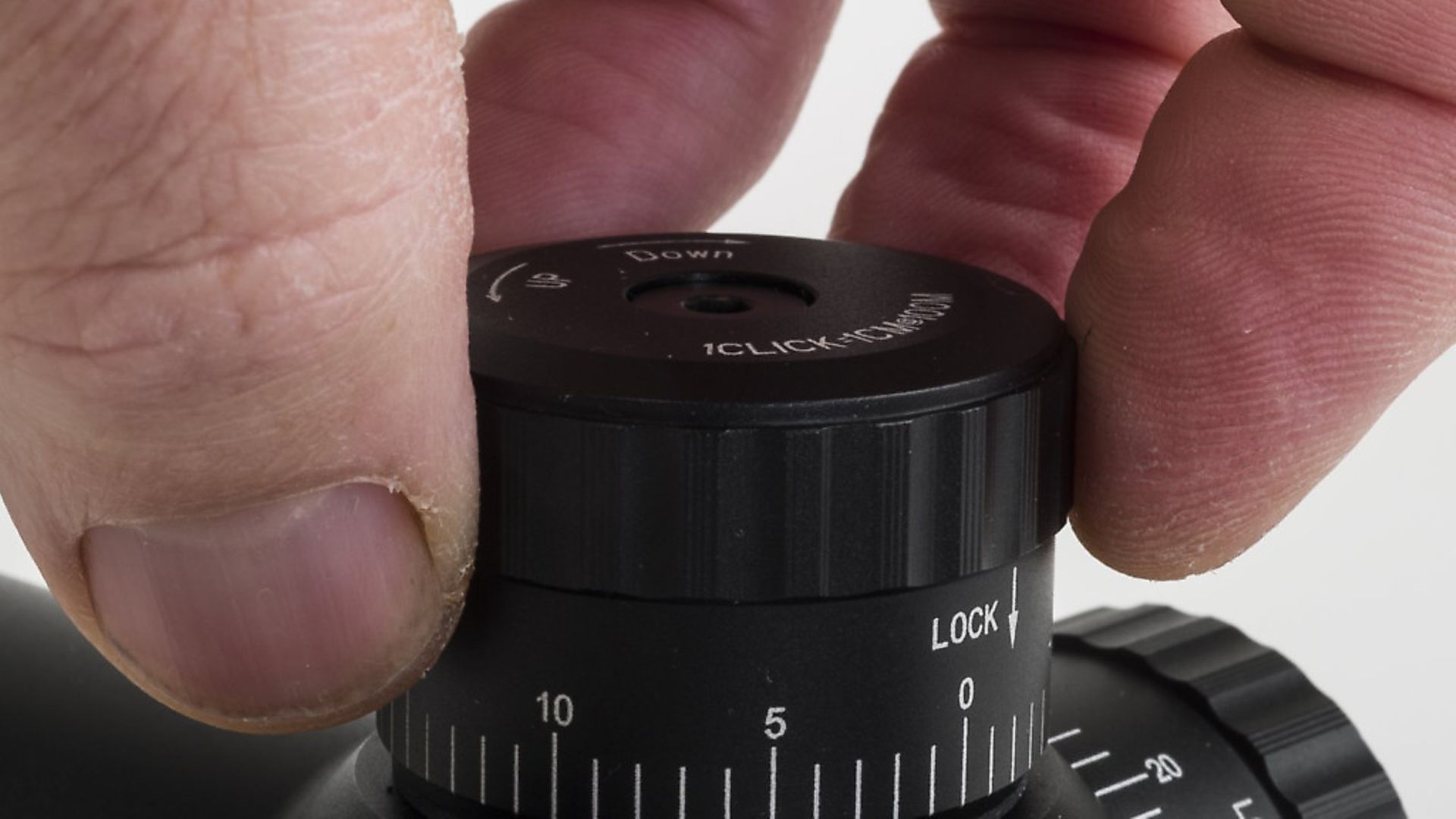 credit: Archant
credit: Archant
scope TURRETS and which one to choose!
The choice of turret type is personal preference:
Low profile – a coin slot or a finger-adjust wheel under a scope cap, and intended for zeroing and then being left alone.
Semi-target turrets are a raised turret, but with a cap. This is the best of both worlds; you can use them to adjust for range, or just zero and replace the caps.
Target turrets allow for precise adjustment onto a target, dialling in for range and windage. The larger size aids speedy adjustment, perhaps whilst wearing a glove.
scope CROSS HAIRS or “reticles” - what’s available?
Usually referred to as a ‘reticle’ although the military continue to call them ‘graticles’. There are many different types, but for an airgunner the minimum is a duplex or 30/30 reticle. The duplex, with at least three points of reference, will do for rudimentary short-range airgun shooting. These days a mil-dot reticle is the minimum requirement because of its multiple aiming marks.
Almost every manufacturer now has custom reticles made to their own design, from the very simple to the amazingly technical. Most airgunners needs something between the two, which gives good points of reference but is not confusing and does not obscure the target too much.
I hope that helps clue you in on the fundamentals of scopes, and next time, we’ll look at scope mounts, fitting your new scope to your rifle and zeroing in – see you then!